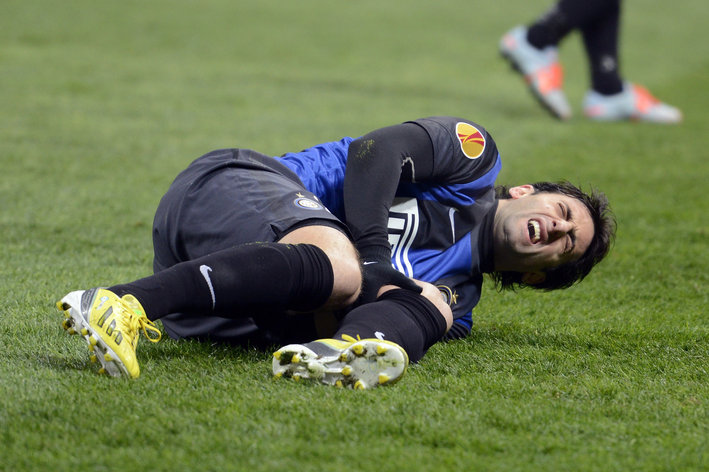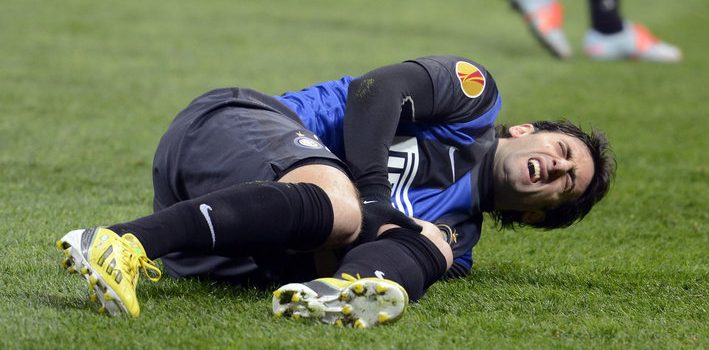
Did you know that you can suffer as much damage to your knee by falling down the stairs in your home as a football player can when he’s twisted his knee the wrong way in a football game? Unfortunately, knee injuries are common among athletes, but they can also happen to anyone young or old.
If you have recently fallen or twisted your knee accidentally and it isn’t springing back to health quickly, it may be important to take a more serious look at it. Contact your doctor or physiotherapist to have your injured knee assessed to see if you may have torn a ligament.
There are ligaments on each side of the knee, and one can tear during an accident if the knee is twisted the wrong way. While the body’s natural healing properties do kick in and go to work immediately, knee ligament injuries are more substantial than minor sprains. They can take weeks or months to heal, and if left untreated, thick scar tissue can form causing knee problems down the road.
If you have torn a ligament, the degree of tear can vary. If your leg is giving out when you try to walk, you have likely suffered a third-degree knee ligament tear. This type of tear usually requires surgery to rejoin the ligament. Smaller first or second-degree knee ligament tears can also be intensely painful, making it difficult to walk or manoeuvre. First or second-degree knee ligament tears can heal in time without surgery, with the proper treatment.
As with most injuries of this nature, it is important in the first few hours and days after the injury to apply ice to the area for ten minutes several times a day. The injured knee should also be elevated to reduce chances of swelling. You can use a gel pack made specifically for treating injuries to ice your injured knee, or you can simply fill a plastic bag with ice cubes, frozen peas or a handful of snow from outside (if it is winter), and set the bag on a towel laid over the injured knee.
After a few days of resting the injured knee, it will be important to move it frequently to prevent it from stiffening. Your physiotherapist will suggest a few exercises that will be most beneficial for working the area. You can do these exercises on your own in the comfort of your own home. Your visiting physiotherapist will also use a variety of techniques or tools to help break down the scar tissue in order to restore the knee and prevent long-term damage.
An injured knee ligament can take from several weeks to several months to heal, preventing you from participating in your usual activities. Arranging for an ongoing regime of customized treatments in your own home by a visiting rehabilitation expert can help accelerate your recovery.
Though it may seem dismal to not have the full function of your knee right now, with proper care and lots of patience your knee can become fully functional again, restoring you to the independent lifestyle you’re accustomed to.
Written by Joy R. Calderwood
Like O-Posts on Facebook
You can also follow O-Posts on Twitter @OPosts

